Do Ring Cameras Record All the Time? Latest Features Explained
No — not all Ring cameras record continuously.
As of 2025, select wired Ring cameras now support 24/7 continuous video recording through the Ring Home Premium plan ($19.99/month). Battery-powered models and doorbell cameras still rely on motion-activated recording, Live View, or Snapshot Capture.
Ring Cameras in 2025: Smarter Recording Options and New Plans
Ring has expanded its ecosystem of security cameras and subscription options to match modern smart home needs. The Ring app now allows users to manage live footage, customize motion zones, control video storage, and integrate with other devices like the Ring Alarm system.
Ring has also introduced new features such as doorbell calling, video preview alerts, and extended live view, further enhancing the value of their subscription plans.

In late 2024, Ring rolled out one of its most requested features: continuous video recording. This capability gives users a full playback timeline of activity, even when no motion event is detected. The feature arrived alongside the rebranding of Ring Protect Plans into Ring Home Plans, which now offer a broader range of features and improved integration with other ring's devices.
Ring's plans now come in three tiers: Home Basic, Home Standard, and Home Premium. Each of ring's plans differs in the features and storage options they provide.
Each plan includes different video storage options, rich notifications, and other features that give homeowners greater control over how their videos are captured and viewed.
Do Ring Cameras Record All the Time?
Ring cameras have traditionally used motion detection to trigger recording. When the camera detects motion, it automatically begins saving video footage to the user’s Ring account. When motion is detected, the camera will start recording automatically. The recording ends once the motion stops or after a set duration.
This system helps conserve both power and bandwidth, especially for battery-powered models.
With the latest update, however, certain wired Ring cameras can now record continuously through the 24/7 recording feature. This means the camera records every moment, day and night, ensuring there are no gaps in the footage, whether or not motion occurs.
Here is the key takeaway:
-
No, not all Ring devices record all the time.
-
Yes, select wired cameras can now record continuously with the right subscription plan and power source.
-
Battery-operated devices and Ring doorbells still rely on motion-based triggers.
Which Ring Cameras Support 24/7 Recording?
According to the latest updates from Ring, continuous recording is available only for wired cameras. These models can record continuously when plugged into a constant power:
-
Outdoor Cam (formerly Stick Up Cam 3rd Gen)
-
Outdoor Cam Plus
-
Stick Up Cam Pro
-
Indoor Cam (1st and 2nd Gen)
-
Pan-Tilt Indoor Cam
-
Floodlight Cam Wired Plus
-
Floodlight Cam Wired Pro
-
Spotlight Cam Plus
-
Spotlight Cam Pro
Enabling 24/7 recording will disable the following features, such as Virtual Security Guard and certain smart alerts, due to technical limitations. Some features must be turned off to allow continuous recording.
Ring Doorbells are not yet eligible for 24/7 recording. They still rely on motion-activated recording, Live View, and Snapshot Capture.
If you are using a Stick Up Cam or Indoor Cam, make sure the camera is hardwired or connected to constant power. Battery-powered versions will not support continuous video recording.
Requirements for Continuous Recording
To successfully enable continuous video recording, make sure the following conditions are met:
-
Ring Home Premium Subscription: Continuous recording requires the highest subscription tier, which costs $19.99 per month and supports up to 10 cameras per location.
-
Stable Internet Connection: Since your camera will record continuously, you need a reliable Wi-Fi connection with a sufficient upload speed.
-
Plugged-in Power: Continuous recording is only supported on wired Ring devices. Battery-powered cameras and solar-powered setups are not compatible with this feature.
-
Adequate Bandwidth: Expect increased data usage since your Ring device will be constantly uploading video footage to Ring’s servers. Before enabling continuous recording, check with your internet service provider about your data plan limits and whether additional fees may apply for higher data usage.
-
Cloud Storage: Continuous footage is stored in the cloud for up to 14 days. Users can download any part of it for local storage if they want to keep it longer.
When this feature is turned on, the blue indicator light on the camera remains active, showing that the camera is recording continuously.
If you want a more sustainable way to power your Ring cameras, the Wasserstein Solar Panel provides continuous, clean energy. Its 360° adjustable mount and long cable make it easy to position for maximum sunlight, keeping your video recording uninterrupted.
Pair your solar setup with the Wasserstein Gutter Mount for flexible, no-drill installation. It allows you to mount your solar panel higher for better sun exposure, ensuring your Ring device stays powered and your video footage remains consistent.
How to Enable 24/7 Recording on Your Ring Camera

Image courtesy of Ring
Once you have confirmed your device and subscription eligibility, you can activate the feature directly from the Ring app.
To enable continuous recording:
-
Open the Ring app on your mobile device.
-
Select the camera you want to enable continuous recording on.
-
Tap Settings, then Device Settings.
-
Go to Video Settings and choose Recording Mode.
-
Select 24/7 Recording.
Your Ring camera will now begin continuous video recording, and all footage will appear on your timeline.
To disable continuous recording:
-
Return to the same Recording Mode settings.
-
Choose Motion-Based Recording to return to event-based video capture.
If you also want to turn off video recording or notifications on a Ring doorbell or another device, check out this detailed tutorial: How to Turn Off Ring Doorbell: Easy Step-by-Step Guide
When you switch modes, videos captured in the previous mode remain stored according to your selected video storage time.
How Continuous Recording Works in the Ring App
The Ring app provides a smooth and detailed viewing experience for continuous recording. Users can zoom in and out on the video timeline, scrub through footage hour by hour, and view events such as motion alerts or Live View sessions. All recordings, whether continuous or event-based, are accessible through the app's timeline for review and download.
Features inside the continuous video timeline include:
-
Timescale Zooming to inspect minute-by-minute playback.
-
Markers for Events like motion detection, person alerts, or linked device activity.
-
Download Options for saving 1-minute to 10-minute clips to your phone or computer.
-
Share Function to send clips to family or authorities if needed.
If the camera temporarily loses internet connectivity, recording will pause until a stable internet connection is restored.
When Continuous Recording is Turned On
Some features automatically turn off when you enable 24/7 recording. These include:
-
Snapshot Capture
-
End-to-End Encryption
-
Pre-Roll Video Previews
Because the device is now recording every second, those features are unnecessary and disabled to optimize performance.
Additionally, continuous recording is only available when the Ring device is set to record during the selected mode (Home, Away, or Disarmed). If your camera is in Disarmed mode, recording will pause even if continuous recording is enabled.
Please note that you cannot access all the features at once, as some are automatically disabled when 24/7 recording is active.
Motion-Activated Recording for All Other Ring Cameras
For Ring devices that do not support 24/7 recording, motion-activated video recording remains the standard.

When a camera detects motion, it begins recording a short video clip that is then uploaded to Ring’s servers and made available in your event history. Users can customize this behavior by adjusting:
-
Motion zones to define where the camera looks for movement
-
Motion sensitivity to reduce false alerts
-
Smart alerts that recognize people, packages, or other events
In addition to motion-activated recording, users can also use manual recording through the Ring app to capture footage on demand, even if no motion is detected.
This method helps conserve battery life and reduces data usage, making it ideal for battery-operated cameras or Ring doorbell models.
Advantages of Motion-Based Recording:
-
Saves power and storage
-
Works with all Ring cameras
-
Reduces unnecessary uploads
Limitations:
-
May miss events if motion sensitivity is too low
-
Does not record continuously between triggers
For battery-powered Ring cameras, keeping your devices charged is essential. The Wasserstein Battery Charging Station lets you charge two Ring or Wyze batteries at once, reducing downtime and keeping your security cameras ready to record whenever motion occurs.
Live View and Extended Live View
Live View allows users to manually view real-time footage from any Ring camera through the app. It can be activated at any time, letting you monitor your property instantly. With two-way audio, you can communicate directly with visitors or intruders during a live session, enhancing your ability to interact and respond in real time.
 Image courtesy of Ring
Image courtesy of Ring
In 2025, Ring Home plans now include Extended Live View, which increases streaming limits:
-
Free users can watch for up to 10 minutes.
-
Ring Home Standard users get up to 30 minutes.
-
Ring Home Premium subscribers can view live video continuously for as long as they want.
This extended Live View feature complements continuous recording by allowing users to keep an eye on their property without interruptions. It is especially useful when monitoring deliveries, driveways, or entryways.
Snapshot Capture: Still Images When Motion Is Inactive
When continuous recording is turned off, Ring’s Snapshot Capture feature can serve as a lighter alternative. It takes still-frame photos at regular intervals, such as every 30 seconds or every few minutes. These snapshots fill the gaps between motion-triggered videos, allowing users to review what happened when the camera didn’t record.
Snapshots are displayed on the event timeline in the Ring app, integrated with recorded video footage for easy scrolling.
Note: Snapshot Capture is automatically disabled when 24/7 recording is active.
Ring’s Updated Subscription Plans
With the introduction of Ring Home Plans, the company simplified and renamed its subscriptions. Each plan provides different levels of video recording, cloud storage, and features. Premium plans now offer advanced features such as 24/7 continuous video recording (CVR), extended live view, and enhanced storage options.
|
Plan Name |
Price (Monthly) |
Features Included |
|---|---|---|
|
Ring Home Basic |
$4.99 |
Event-based video recording for one camera, 180-day video history, snapshot capture, rich notifications |
|
Ring Home Standard |
$9.99 |
Event-based recording for all cameras at one location, 30-minute Live View, video preview alerts, doorbell calls |
|
Ring Home Premium |
$19.99 |
Continuous video recording for up to 10 cameras, unlimited Live View, 14-day continuous video storage, and optional professional monitoring for an extra $10 |
Ring’s Premium plan replaces Ring Protect Pro and introduces 24/7 recording and continuous live view as flagship features. Previously, the subscription service was known as the Ring Protect Plan, which enabled features like video storage, motion detection, and 24/7 professional monitoring. The company also improved video preview alerts, which now show short clips instead of static images, giving users more context before opening the app.
Storage and Data Management
Continuous recording produces much more video data than motion-based clips. Users should be aware of how this affects storage time and data usage.
Storage Details:
-
All continuous and event-based footage is uploaded and stored securely on ring's servers, subject to their data retention policies.
-
Continuous video is stored in cloud storage for 14 days.
-
Motion-based clips can be kept for up to 180 days, depending on your video storage time settings.
-
Downloaded videos are saved locally and remain accessible even after deletion from the cloud.
If you cancel your subscription, stored videos will be permanently lost once the retention period expires.
Bandwidth Tips:
-
Ring recommends checking your internet service provider’s data limits before enabling 24/7 recording.
-
For consistent quality, place your camera close to your router or use mesh Wi-Fi for stronger coverage.
Privacy and Legal Considerations
Continuous recording means your camera will always be capturing video, which can raise privacy concerns. Ring advises users to:
-
Check local laws regarding 24/7 video and audio surveillance.
-
Inform guests or neighbors if areas like driveways or sidewalks fall within the camera’s view.
-
Use visible indicators, like the blue recording light, to ensure transparency.
Ring automatically deletes footage based on your storage time settings unless you manually download it to local storage. The company also uses encrypted cloud storage to keep videos secure while allowing users to control how long their recorded video footage remains on their account.
Alternatives Offering Continuous Recording
If 24/7 recording is your top priority and you’re comparing other brands, here are notable alternatives:

Image courtesy of Google Nest
-
Offers continuous video recording with Nest Aware Plus ($15/month).
-
Stores video in the cloud for up to 10 days.
-
Includes vehicle detection and facial recognition features. For a comparison of the new Google Nest Doorbell and other top video doorbells, see this guide.
Arlo Pro 4

Image courtesy of Arlo
-
Provides continuous recording with a CVR add-on.
-
Subscription costs about $9.99 per camera monthly, in addition to the base plan.
-
Offers smart detection features for people, pets, and vehicles.
EufyCam E330

Image courtesy of Eufy
-
Supports local storage with a built-in 1 TB drive.
-
Allows users to continuously record without paying monthly fees.
-
Provides high-quality 4K resolution and strong privacy options.
While these systems offer similar capabilities, Ring now provides its own continuous recording option, fully integrated with the Ring app, Ring Alarm, and Alexa smart home devices.
Choosing the Right Recording Setup
Every home is different, and so are surveillance needs. When deciding between continuous recording and motion-activated recording, consider the following:
-
Power Source: Wired cameras can handle continuous recording. Battery-powered models should use motion detection to conserve power.
-
Internet Stability: Continuous recording demands a strong, uninterrupted connection.
-
Subscription Costs: Evaluate whether upgrading to Ring Home Premium justifies the added coverage.
-
Storage and Privacy: Decide how much video history you actually need and where you want to store it.
For most users, motion-activated recording combined with Snapshot Capture and Video Preview Alerts provides enough protection. But for those who need uninterrupted surveillance, Ring’s 24/7 recording feature is a welcome improvement.
FAQ
Which Ring cameras can record continuously?
Only select wired models like the Stick Up Cam Pro, Indoor Cam, Outdoor Cam Plus, and Floodlight Cam Wired Pro currently support 24/7 recording.
Do I need a subscription to use 24/7 recording?
Yes. The feature is exclusive to the Ring Home Premium plan.
Can Ring doorbells record continuously?
Not yet. Doorbell models still use motion-activated recording, Live View, and Snapshot Capture.
How long does Ring store my continuous video footage?
Footage from 24/7 recording is saved in the cloud for 14 days.
Does continuous recording affect internet speed?
Yes. It increases bandwidth usage since the camera uploads video nonstop.
Can I use Snapshot Capture and continuous recording together?
No. Snapshot Capture turns off automatically when 24/7 recording is enabled.
What happens if my Wi-Fi disconnects?
The camera will stop uploading until a stable internet connection is restored.
Is continuous recording necessary?
For most homeowners, motion-based recording is efficient and sufficient. Continuous recording is ideal for those needing detailed, uninterrupted surveillance.


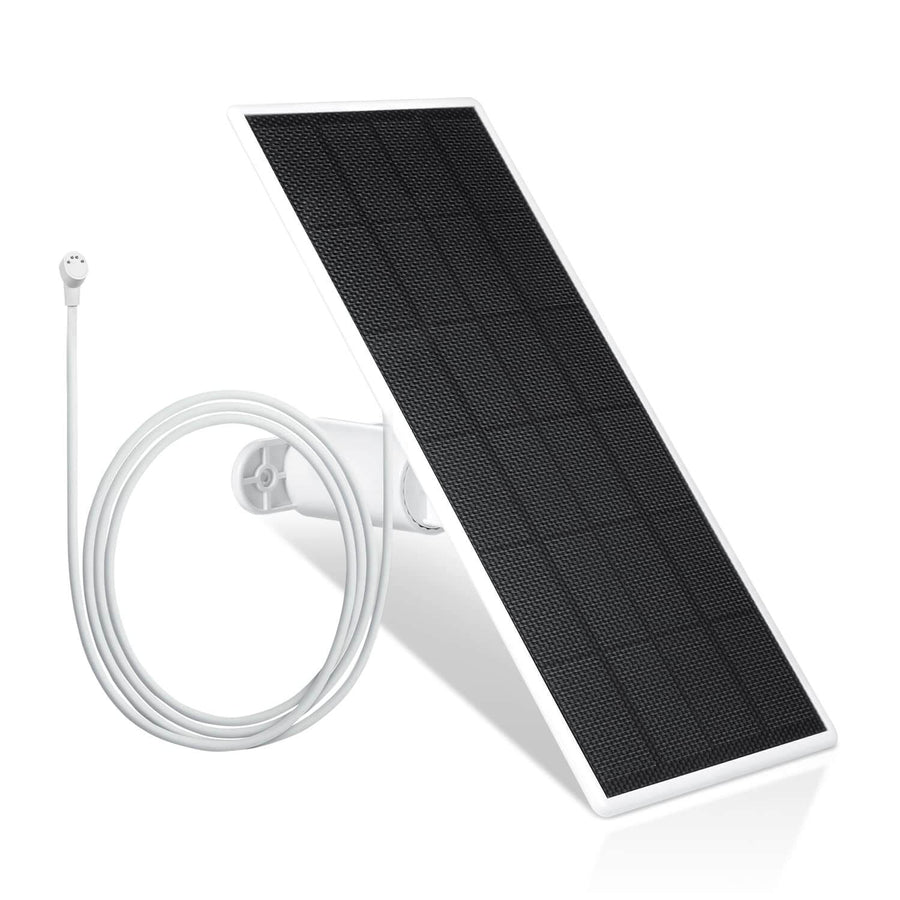
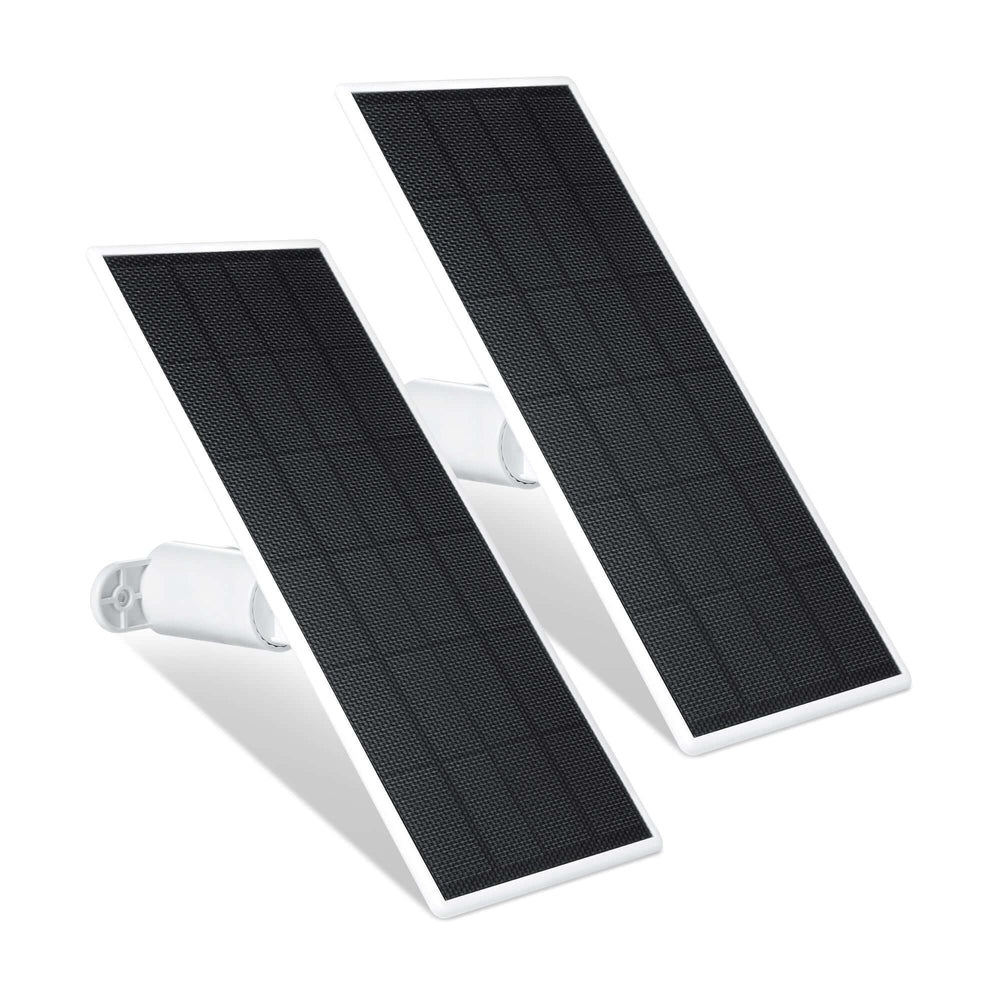
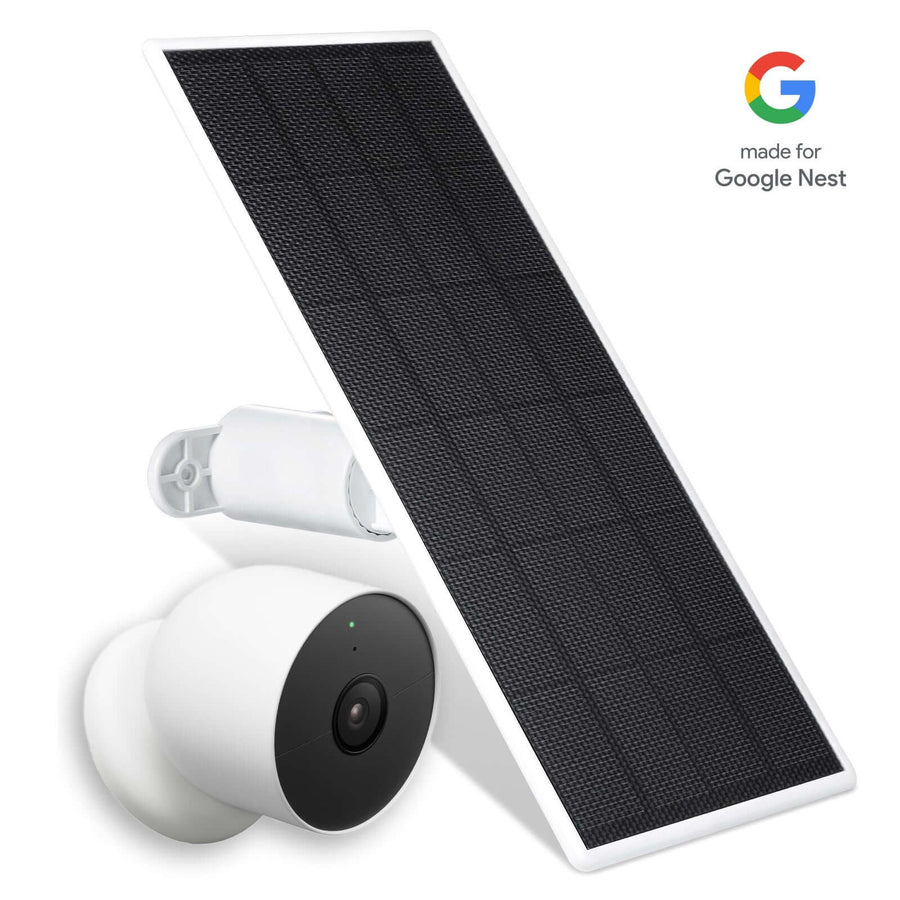
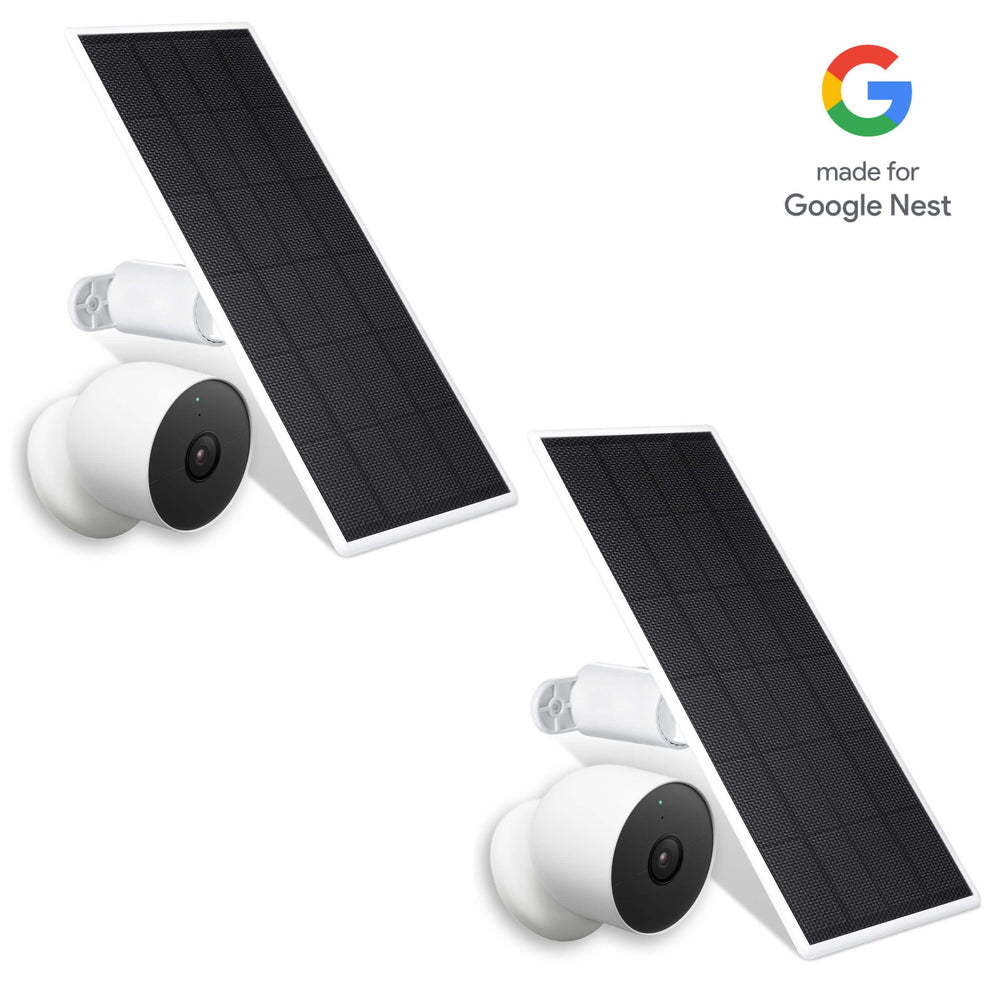
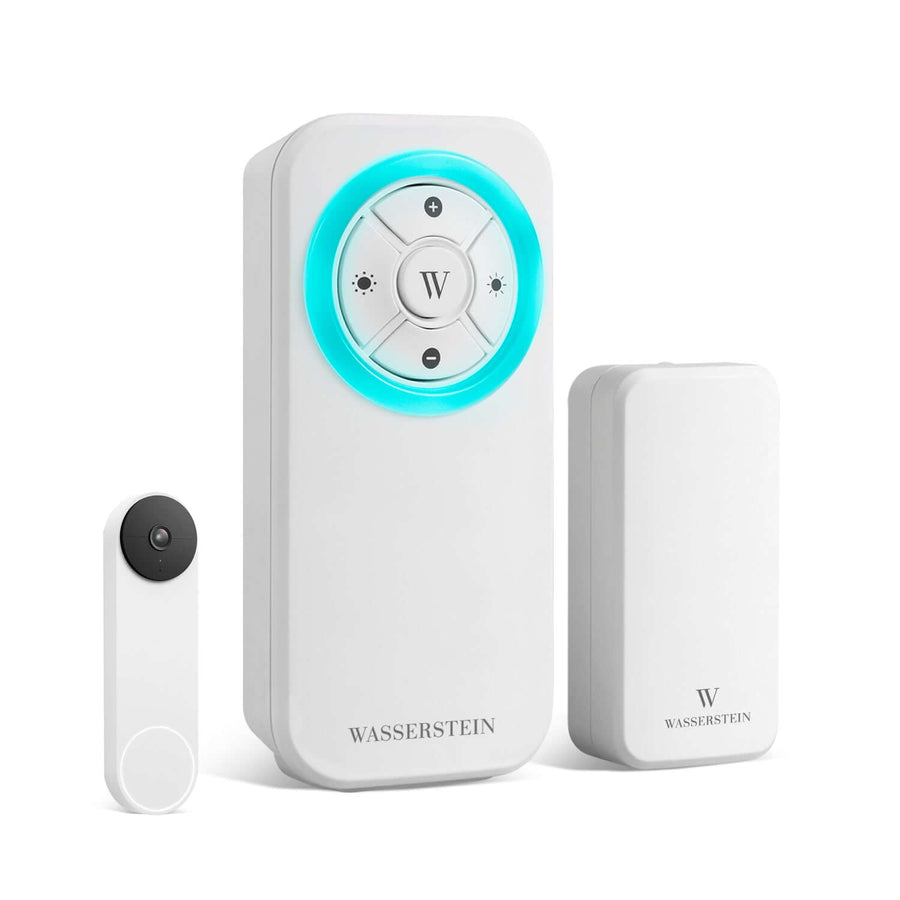
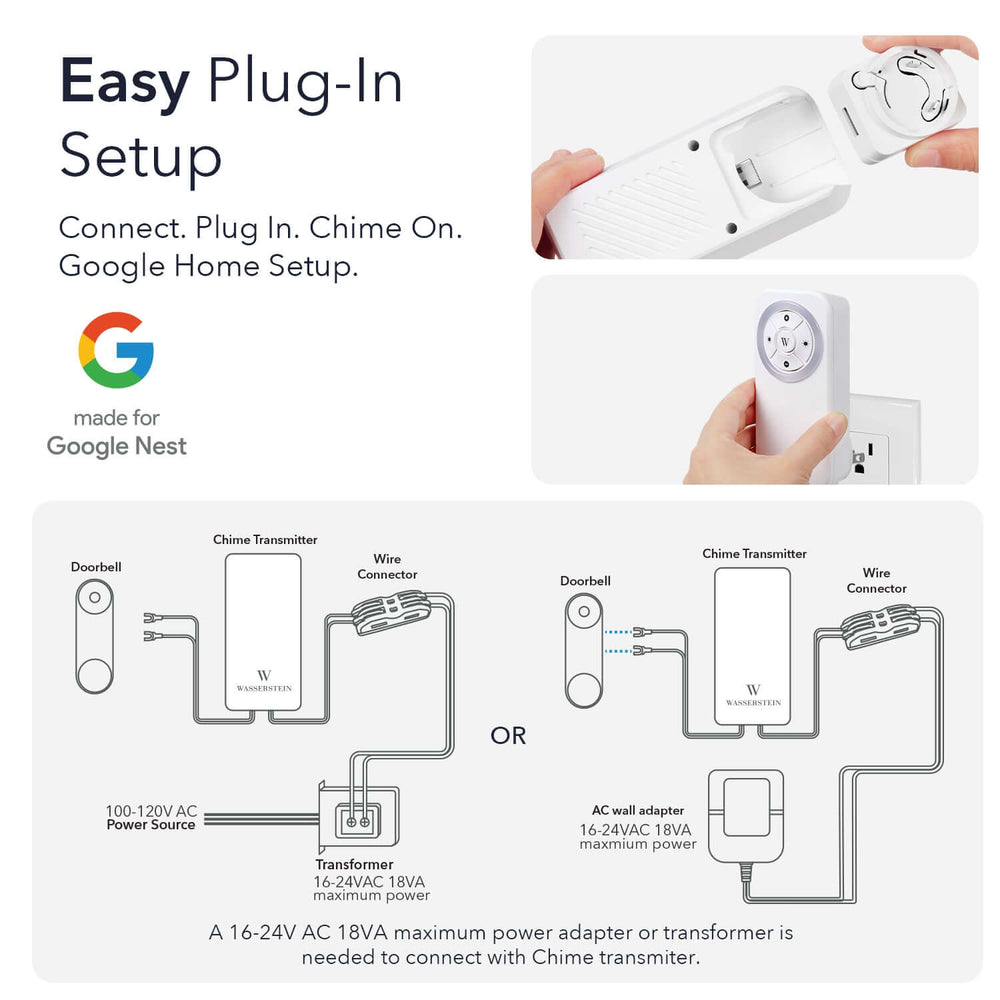
Leave a comment